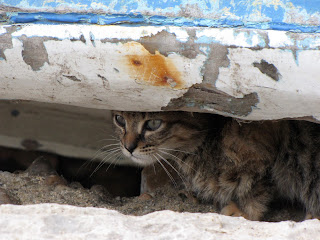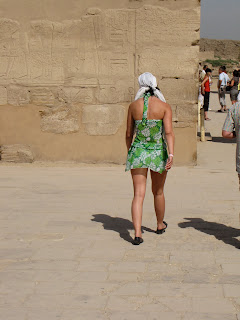
Launched in 288 BC, the Ancient Library of Alexandria attracted scholars, poets, mathematicians, and scientists from a variety of cultures. Inside its walls, the great thinkers of the past studied as children and researched as adults. People such as:
1. Aristarchus,
the first to state that the earth revolves around the sun, a full 1800 years before Copernicus.
2. Eratosthenes,
proved that the Earth was spherical and calculated its circumference with amazing accuracy, 1700 years before Columbus sailed on his epic voyage.
3. Callimachus,
the poet, described the scrolls in the Library organized by subject and author, becoming the Father of Library Science.
4. Euclid,
wrote his elements of geometry, the basic text studied in schools all over the world to this day.
5. Herophilus,
identified the brain as the controlling organ of the body and launched a new era of medicine.
6. The Septuagint,
the first translation of the Old Testament from Hebrew into Greek, was created.
7. Manetho,
chronicled the pharaohs and organized our history into the dynasties we use to this day.
- information from the Bibliotheca Alexandria website
Over time, the library suffered a gradual decline and fell victim to an accidental fire and neglect. By 400 AD, the library had vanished and only its memory remained. In 1974, a committee of people from Alexandria University had an idea to revive the old library. A competition for the architectural design of the building was held in 1988 and construction began in 1995. Finally, in October 2002, the Bibliotheca Alexandria was completed.
Its modern design, immense size, and technologically advanced features make it the most famous library in the Arab world. Currently, the collection includes around 650,000 books with a capacity for 8 million. The library also includes one of the largest computer systems in the world and a new one-of-a-kind machine called, the Espresso. Once finished, the Espresso will be capable of printing and binding any book ever written within 20 minutes.

























































